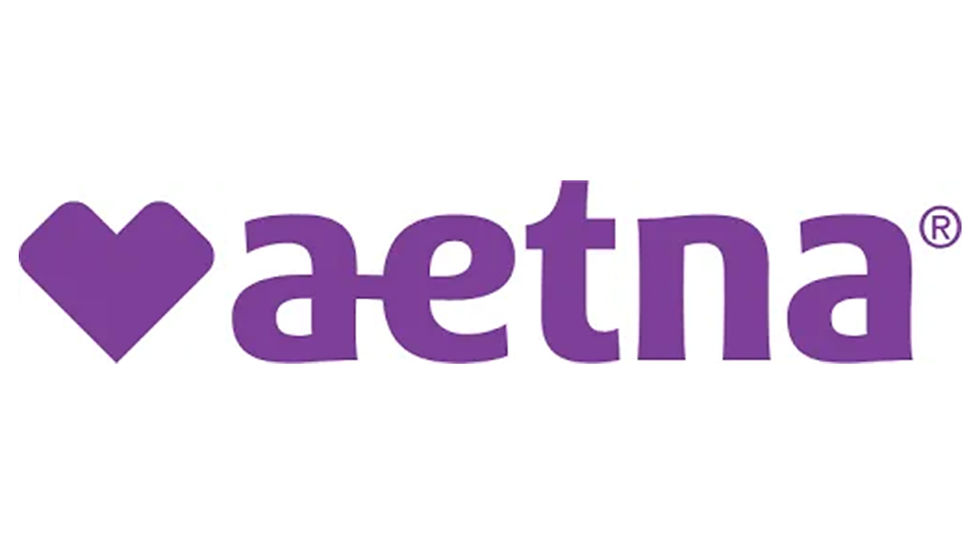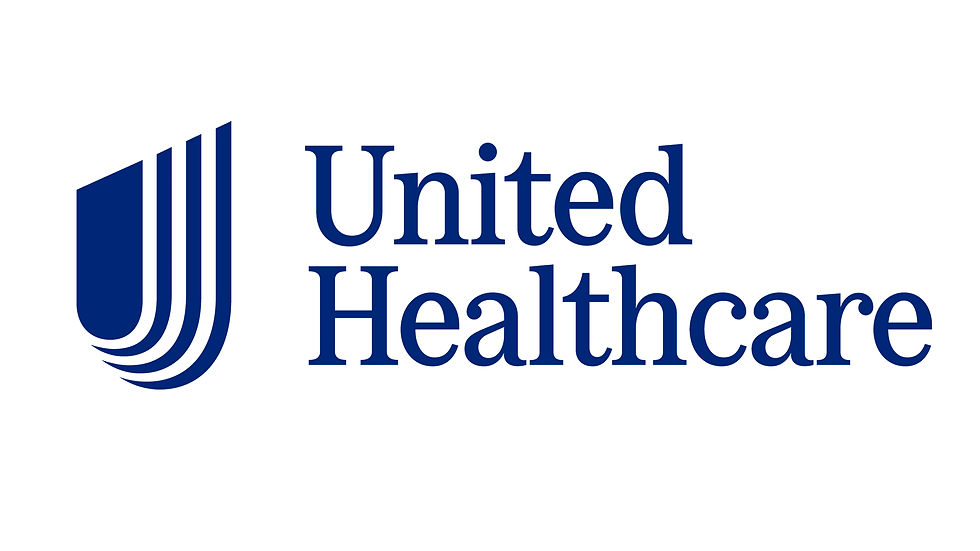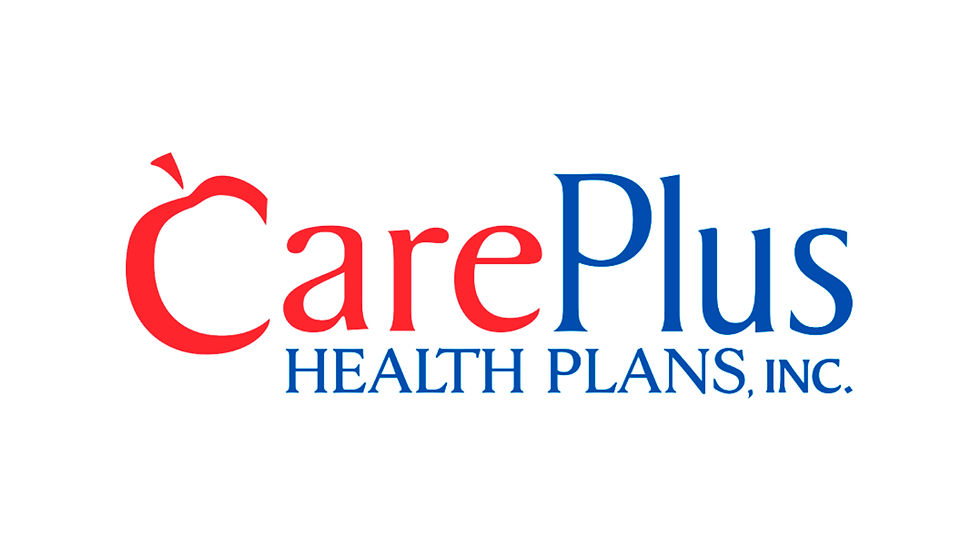Obamacare Insurance
The Affordable Care Act (ACA)
Get Obamacare Insurance for you and your family for as low as Zero Dollars per month
SPECIAL ENROLLMENT PERIOD (SEP)
If you have recently lost insurance coverage on your job or experiencing some form of life-altering circumstance (see list) - you may qualify for Special Enrollment.
CALL 954-306-3333 TO FIND OUT IF YOU QUALIFY


Get a Quote for
OBAMACARE
What is Obamacare?
Obamacare, or the Affordable Care Act (ACA), is a legislation designed to facilitate the process of acquiring health insurance for individuals. This law mandates that health insurance companies must offer specific levels of coverage with every plan. In 2010, President Barack Obama implemented the ACA, commonly known as Obamacare, to address the issue of rising healthcare expenses for families and to increase accessibility to health insurance. Initially, it required individuals to possess qualifying insurance; otherwise, they would face tax penalties. However, the ACA has undergone changes over time. In addition, the Affordable Care Act introduced marketplaces where individuals can assess and compare healthcare plans to find the one that best suits their needs.
What is the Obamacare Marketplace?
The Obamacare marketplace, also known as the health insurance exchanges, refers to the online platform that was established to facilitate the Affordable Care Act (ACA), which is more commonly known as Obamacare. The marketplaces was created to provide individuals and families with a convenient way to shop for and purchase health insurance plans. By offering a wide range of options, the Obamacare marketplace aims to ensure that everyone has access to affordable and comprehensive healthcare coverage. With the implementation of the ACA, the Obamacare marketplace has become an integral part of the healthcare system. The Insurance Agents at Pinnacle are experts at navigating the marketplace website and as a result has become a key factor for many individual and their families acquire the right health insurance plan.
Some of our Obamacare Insurance Providers:
Humana, Aetna, United Healthcare, Cigna, Careplus





Obamacare PLAN LEVELS
Obamacare plans are categorized into four metal levels: Bronze, Silver, Gold, and Platinum. The categorization is based on the percentage of health care costs that the insurance plan covers. Here's a brief overview of each level:
Bronze Plans
-
These plans typically have the lowest monthly premiums.
-
They cover about 60% of the total average cost of care.
-
The out-of-pocket costs (such as deductibles, co-payments, and coinsurance) for individuals are higher.
Silver Plans
-
Silver plans cover about 70% of the total average cost of care.
-
Monthly premiums are higher than Bronze plans but lower than Gold and Platinum plans.
-
These plans often come with cost-sharing reductions (CSRs) for eligible individuals, which can further lower out-of-pocket costs.
Gold Plans
-
Gold plans cover about 80% of the total average cost of care.
-
Monthly premiums are higher than both Bronze and Silver plans.
-
Out-of-pocket costs for individuals are lower compared to Bronze and Silver plans.
Platinum Plans
-
Platinum plans offer the highest level of coverage, covering about 90% of the total average cost of care.
-
Monthly premiums are the highest among the four metal levels.
-
Out-of-pocket costs for individuals are the lowest.
When choosing a plan, individuals should consider factors such as their health needs, budget, and the overall value of the coverage offered. Additionally, subsidies may be available to help make coverage more affordable for eligible individuals and families.
List of some circumstances that may qualify you for Obamacare Special Enrollment (SEP)
Special Enrollment Period (SEP) the Affordable Care Act (ACA) / Obamacare, allow individuals to enroll or make changes to their health insurance plans outside of the regular open enrollment period. Qualifying for a Special Enrollment Period is contingent on experiencing certain life events, and eligibility criteria may vary. Below is a list of some common circumstances that may make a person eligible for a Special Enrollment:
Loss of Other Health Coverage:
-
Losing job-based coverage
-
Losing eligibility for Medicaid or the Children's Health Insurance Program (CHIP)
-
Losing coverage through a family member (due to divorce, death, etc.)
Changes in Household:
-
Getting married
-
Having a baby, adopting a child, or placing a child for adoption or foster care
-
Death in the family
Changes in Residence:
-
Moving to a new area that has different health plan options
-
Moving to the U.S. from a foreign country or a U.S. territory
Changes in Citizenship or Immigration Status:
-
Gaining citizenship or lawful presence in the U.S.
-
Individuals becoming newly eligible for Marketplace coverage due to a change in immigration status
Exceptional Circumstances:
-
Being a victim of domestic abuse or spousal abandonment
-
Facing other exceptional circumstances that prevent someone from enrolling during open enrollment
Non-Marketplace Coverage Changes:
-
If an individual experiences a significant change in income or household status that affects their eligibility for premium tax credits or cost-sharing reductions.
Note that eligibility criteria can change, and additional circumstances may qualify or disqualify you from Special Enrollment. For the most up-to-date information regarding SEP we recommend you visit HealthCare.gov
How to get Obamacare Insurance in Florida:
-
Call: 954-306-3333
-
Visit our office: 1515 N. University Dr., #207, Coral Springs, FL 33071
-
Fill out the OBAMACARE Quote Form online
